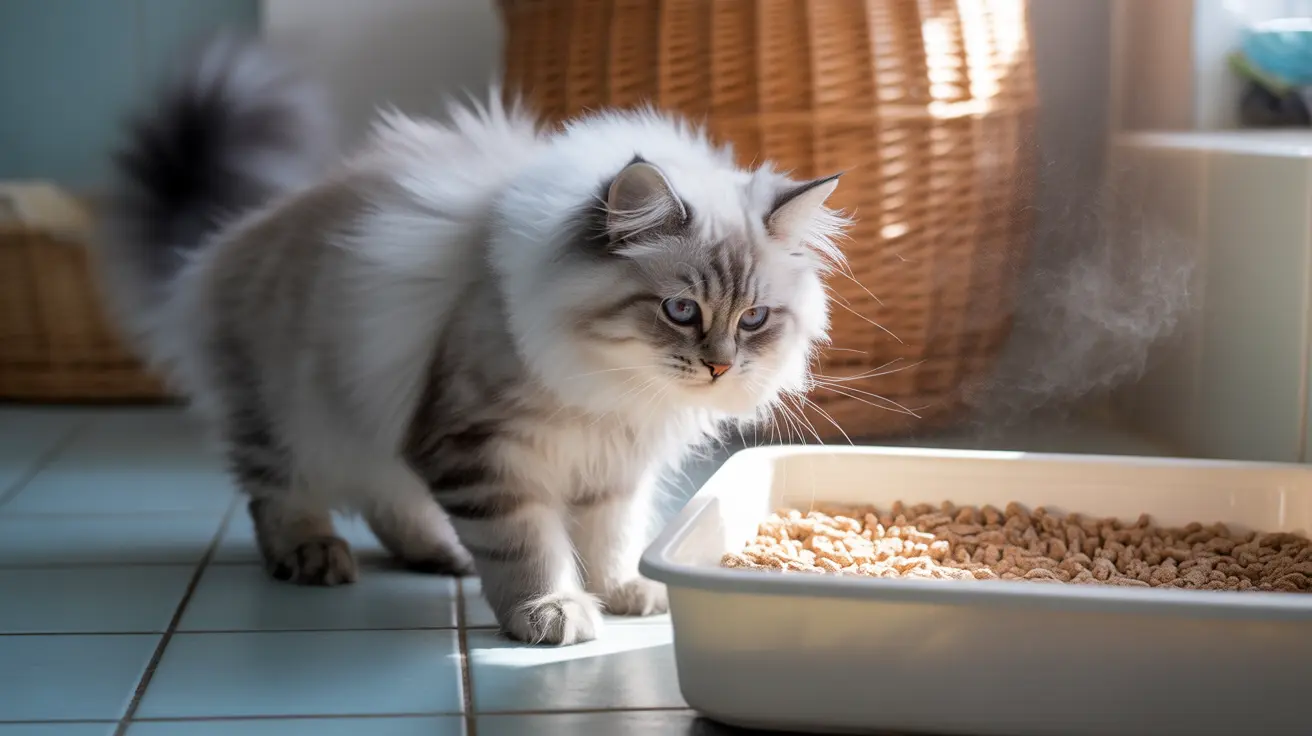How Cats Behave Around Babies
Bringing a new baby home is a big adjustment for everyone—including your cat. Feline reactions to infants can range from curiosity to wariness, and sometimes even affection. Understanding these behaviors helps keep both your baby and your cat safe and comfortable.
Initial Reactions
Cats are creatures of habit. When a baby arrives, the sudden changes in routine, smells, and sounds can make your cat feel unsettled. Some cats approach the new family member with interest—sniffing, watching from a distance, or circling the crib. Others may hide or seem aloof until they feel more secure.
- Curiosity: Many cats will want to investigate the baby’s scent and belongings. You might see your cat sniffing blankets or sitting near the crib.
- Caution: Some felines keep their distance at first, especially if they're startled by crying or movement.
- Affection: Occasionally, a confident or social cat might attempt to snuggle close to the baby or nap nearby.
Common Behaviors
You’ll notice a range of behaviors as your cat adjusts:
- Observation: Cats often observe babies from high perches or safe corners before getting closer.
- Scent Marking: Rubbing their cheeks on baby items is a way for cats to mark territory with their scent glands.
- Vocalization: Some cats meow more often when seeking attention that’s now focused on the baby.
- Avoidance: If overwhelmed, a cat may retreat to quiet spaces until things settle down.
Safety Tips for Cats and Babies
The key to harmony is supervision and gradual introductions. Here are some tips for fostering positive interactions:
- Never leave your cat alone with the baby.
- Let your cat sniff blankets or clothing before meeting the infant directly.
- Create safe zones where your cat can retreat if they feel stressed.
- Praise calm behavior with treats or gentle petting (if your hands are free!).
- If you notice aggression—like hissing or swatting—give your cat space and try again later.
Building Positive Associations
Cats respond well to positive reinforcement. Try associating good things with time spent near the baby: offer treats when they’re calm around the infant, speak softly, and maintain routines as much as possible. This helps reduce jealousy and anxiety over shifting attention in the household.
Signs of Stress in Cats
If your feline friend seems out of sorts after the baby's arrival, watch for these signs:
- Litter box avoidance
- Excessive grooming or scratching
- Lack of appetite
- Aggression toward people or other pets
If stress persists, consult your veterinarian for advice on helping your cat adjust.
The Growing Relationship
As babies grow into toddlers, their movements become less predictable—which can unsettle cats again. Teach children early how to respect pets: gentle touches only, no tail-pulling, and never disturbing a sleeping animal. With patience and guidance from adults, many cats learn to coexist peacefully with kids—and some even form strong bonds over time!





